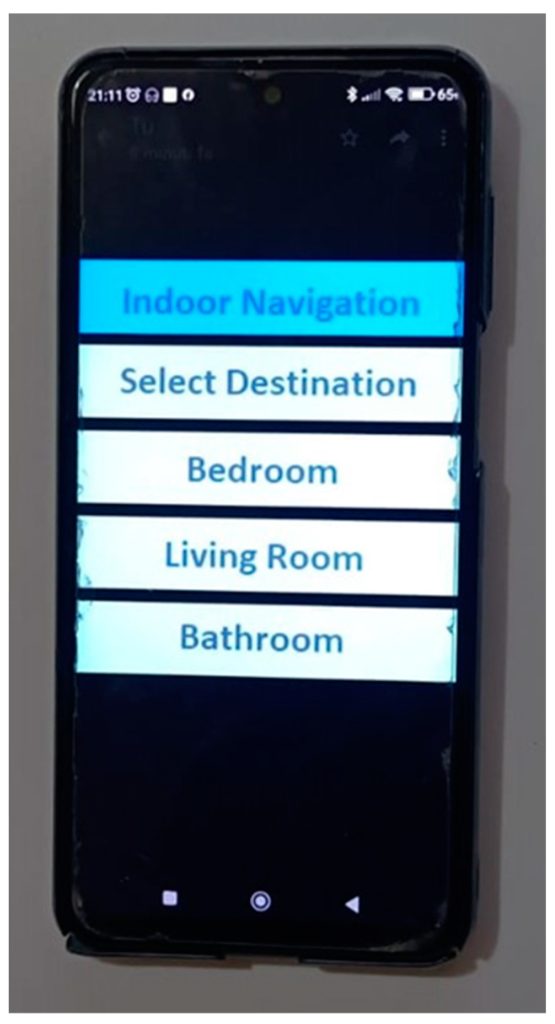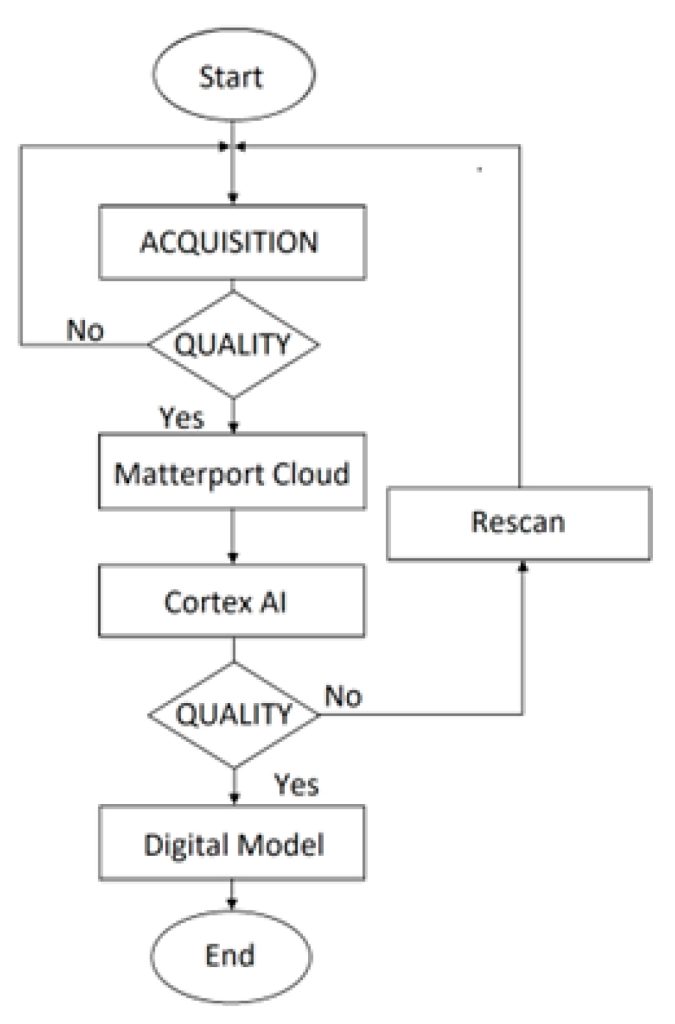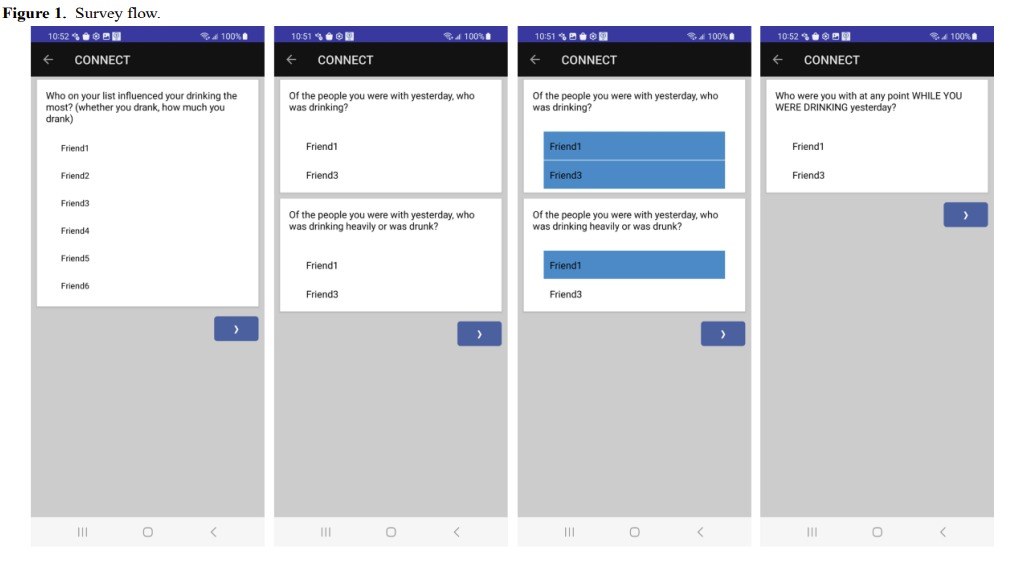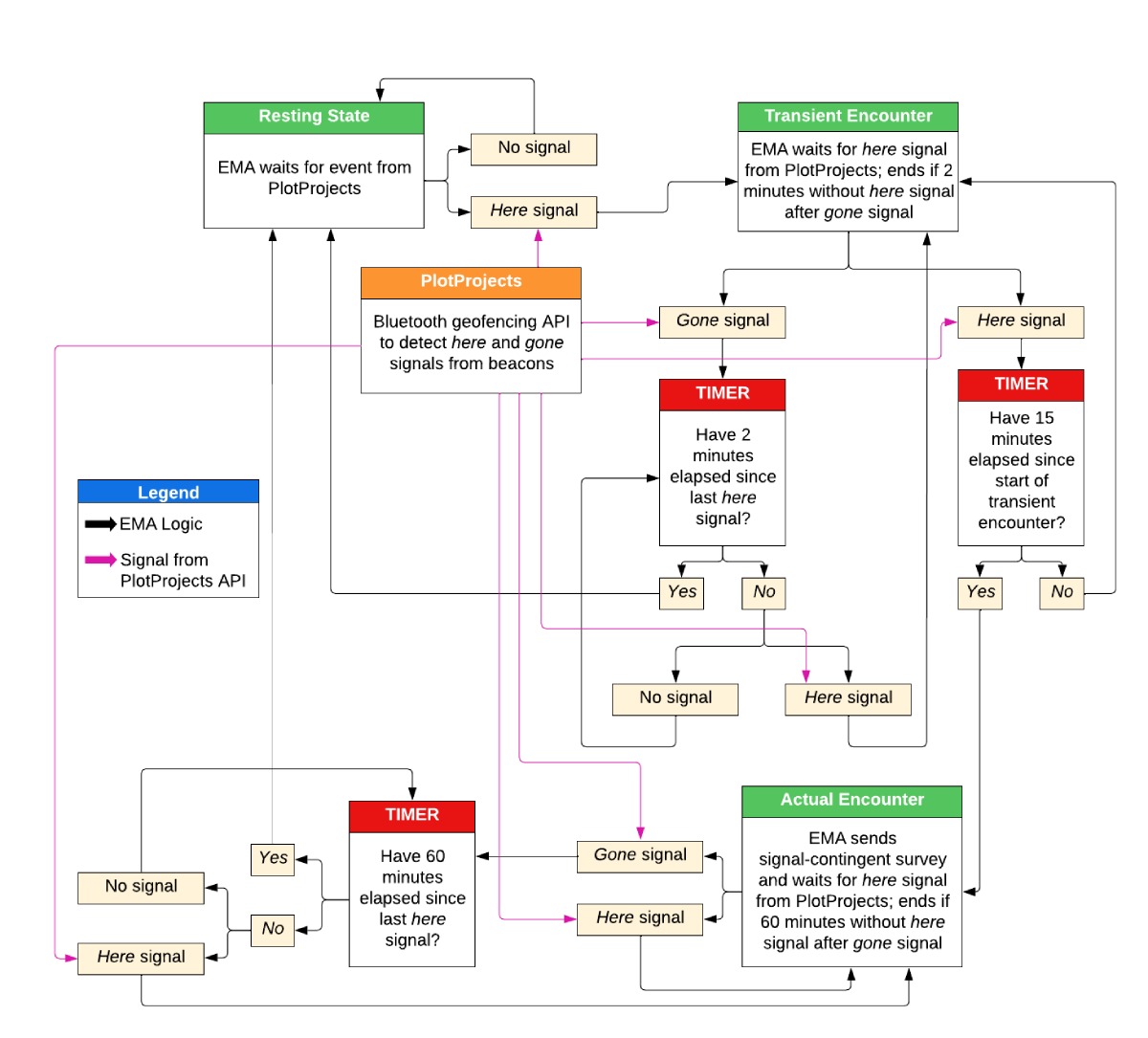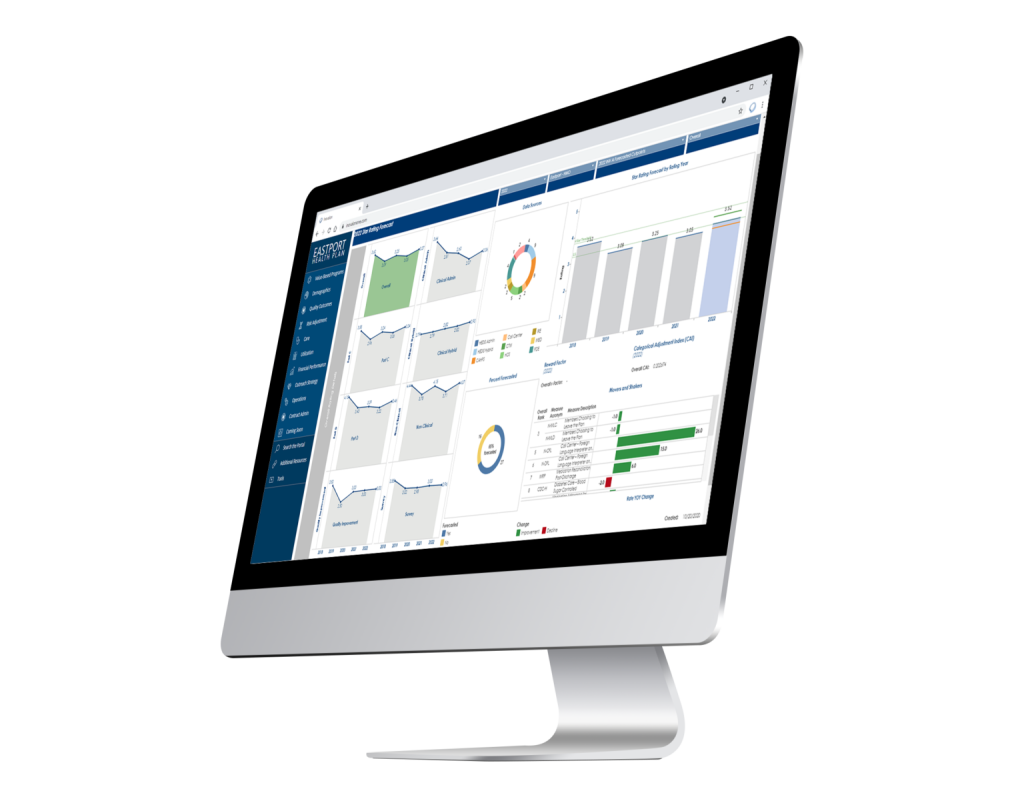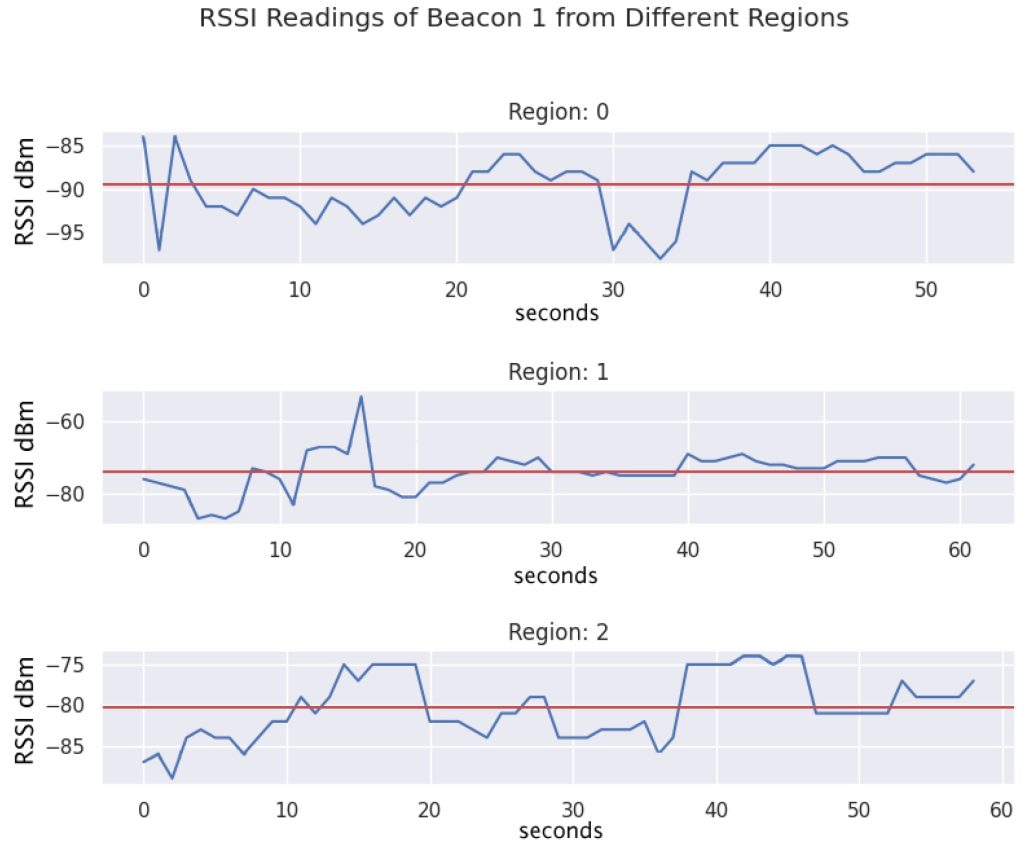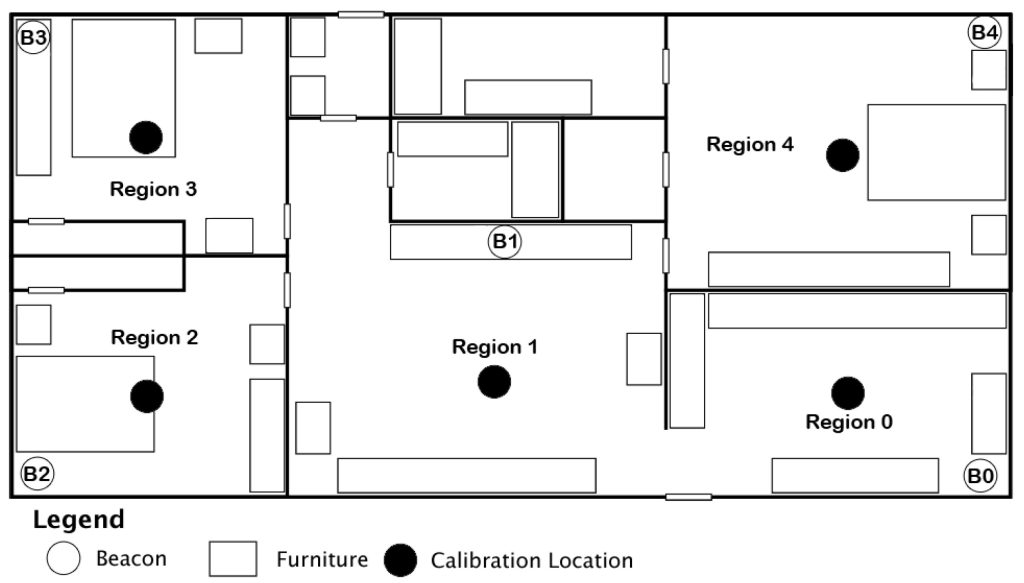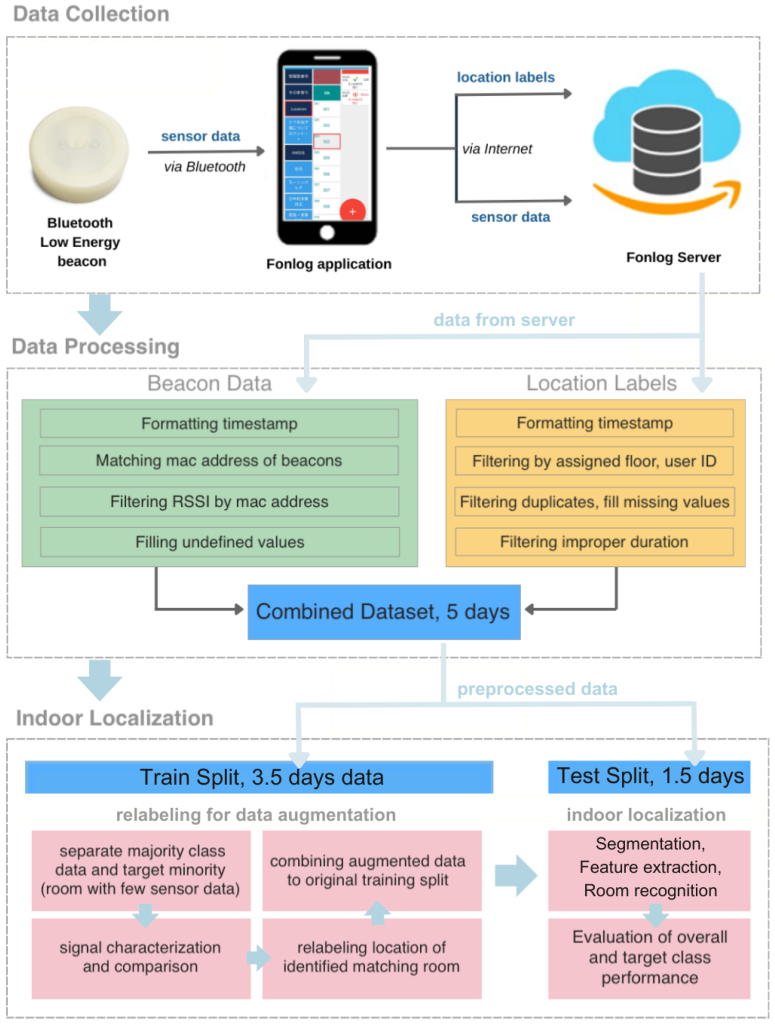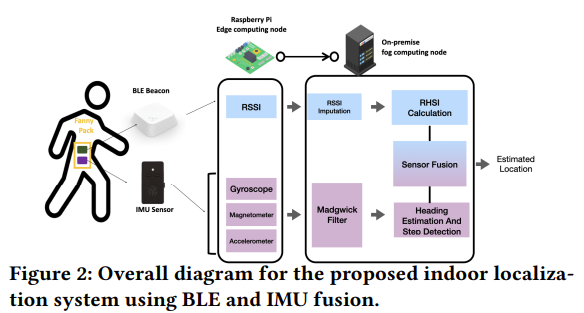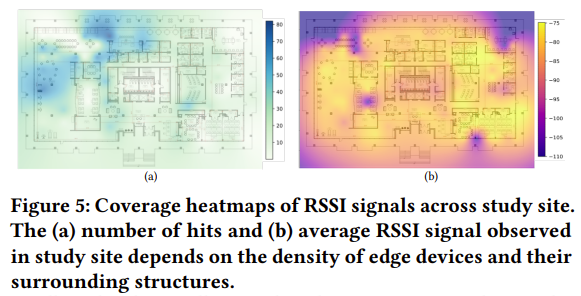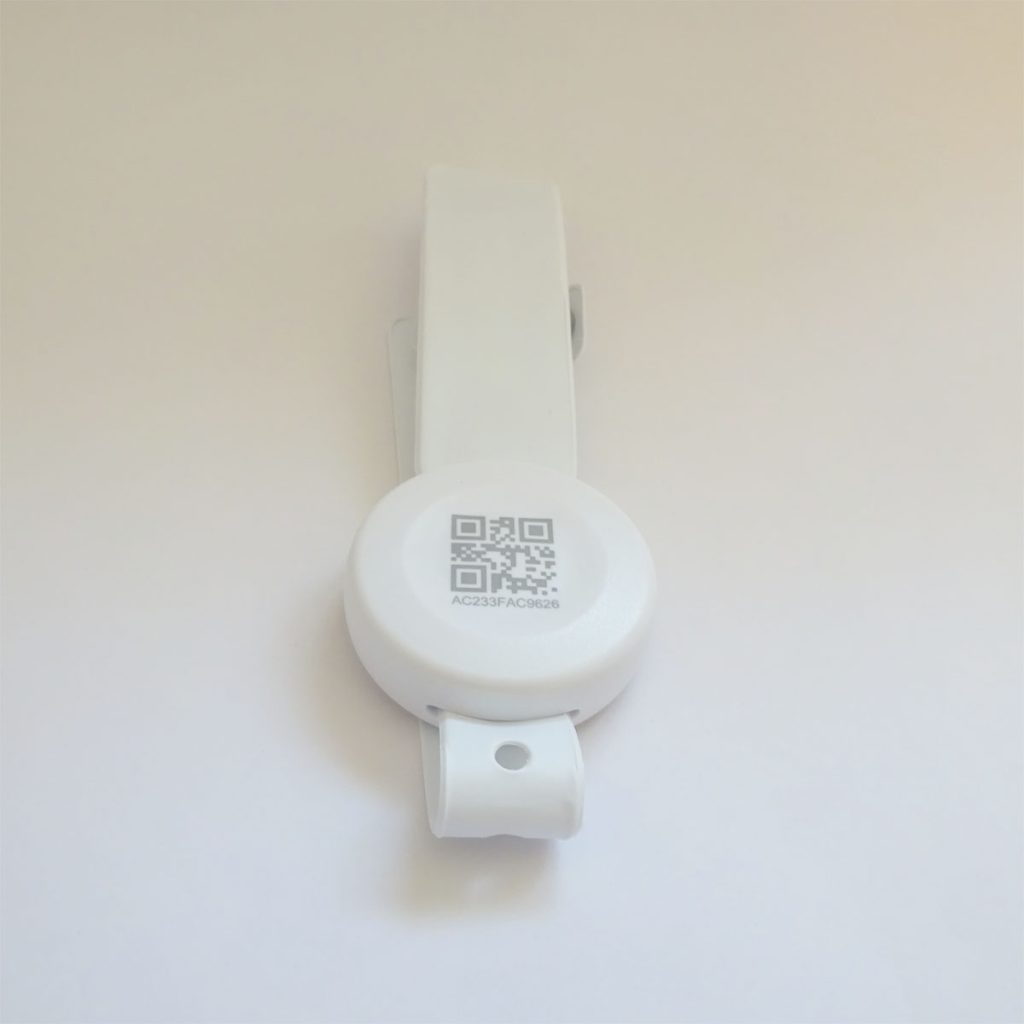The paper titled Bluetooth-sensed social presence is associated with immediate vigor and delayed fatigue: A multi-method time series analysis investigates the emotional impact of social presence as detected through Bluetooth on individuals in real-world settings. The research used experience sampling over two weeks with 80 participants and more than 123,000 Bluetooth scans.
The researchers employed Bluetooth scanning via the ESMira mobile app to passively detect nearby devices, using this as a proxy for measuring social presence. Participants initiated a Bluetooth scan lasting 60 seconds during each prompt, typically four times daily. The average number of Bluetooth devices detected per scan was approximately 34, with a large range and a median of 10. This method provided an unobtrusive and continuous means to quantify social proximity without disrupting natural behaviour.
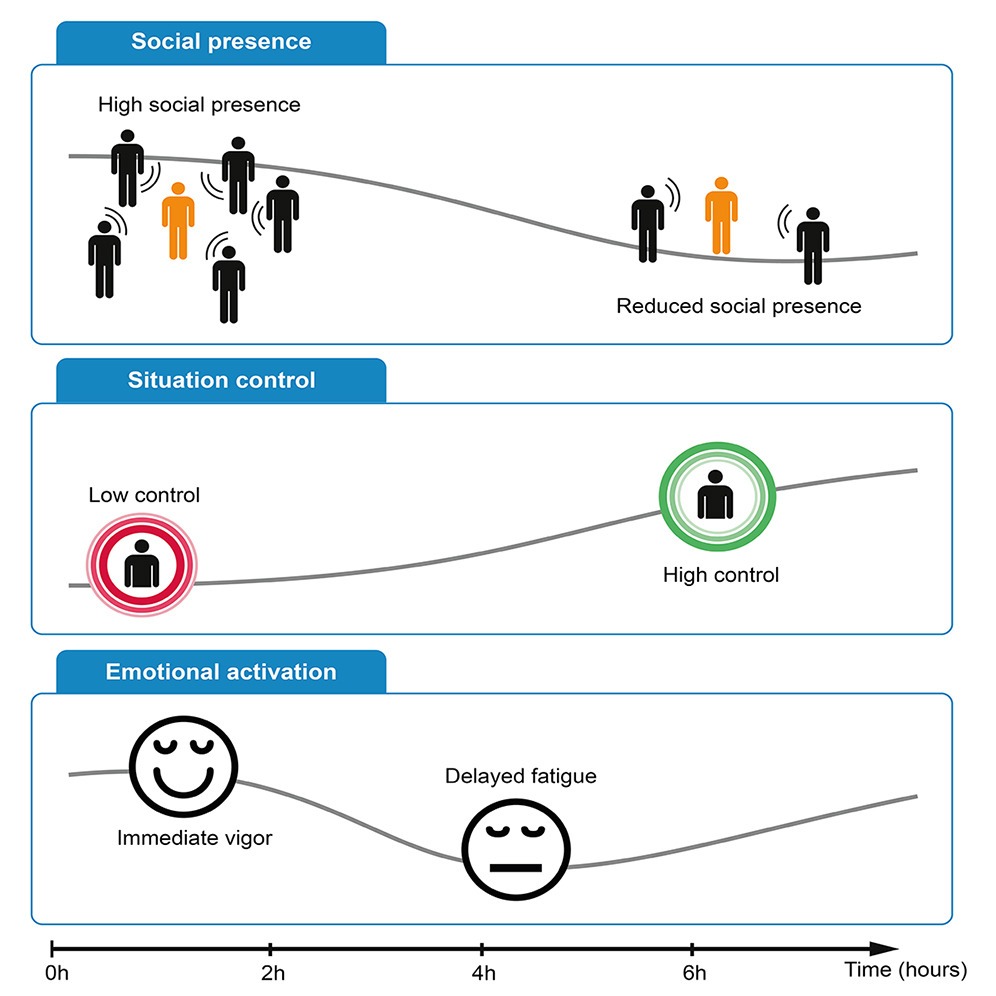
The Bluetooth-derived device count (log-transformed as logNBT) was shown to correlate strongly with participants’ self-reported number of nearby people, validating its use as a reliable proxy for social presence. This was reinforced by a linear mixed-effects model which showed Bluetooth counts were a significant predictor of the number of people perceived within a 2-metre radius.
In analysing emotional responses, the study found that increased Bluetooth-detected social presence was associated with immediate rises in reported vigour and drops in dejection, but also predicted increased fatigue several hours later. This delayed fatigue effect is interpreted through the lens of social allostasis theory, suggesting that social exposure, while initially invigorating, incurs a delayed emotional cost.
Bluetooth device count was also found to influence state transitions: higher social presence increased the likelihood of transitioning from a vigorous to a fatigued state, and reduced perceived situational control. This reinforces the notion of a regulatory cost tied to prolonged social exposure.
Limitations of the Bluetooth method were acknowledged. While the device count strongly correlates with reported social proximity, it may be affected by technical artefacts, such as signal detection through walls or individuals carrying multiple devices. Moreover, it cannot differentiate the quality or type of social interaction, nor the interpersonal distance, which may have different emotional implications. The authors suggest that future research might integrate Bluetooth with more precise sensors or sociometric badges to address these limitations.
In conclusion, Bluetooth scanning proved to be an effective, low-burden method for capturing social presence in natural settings.
